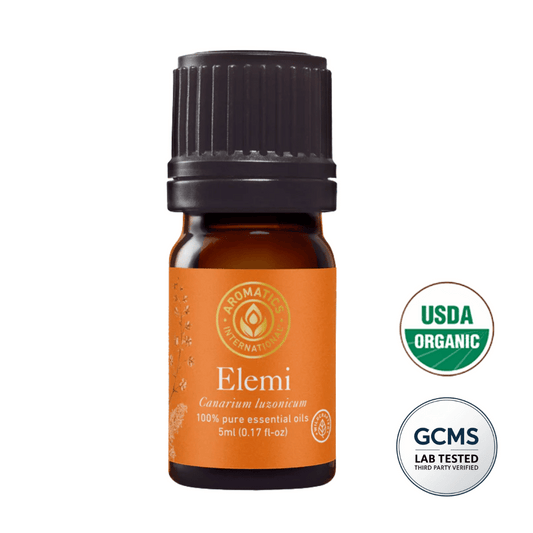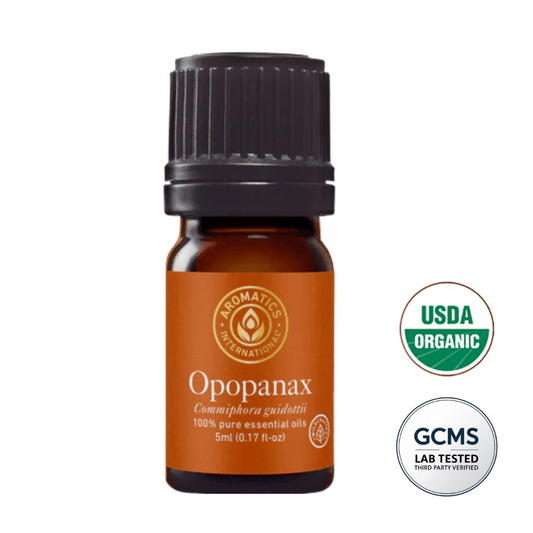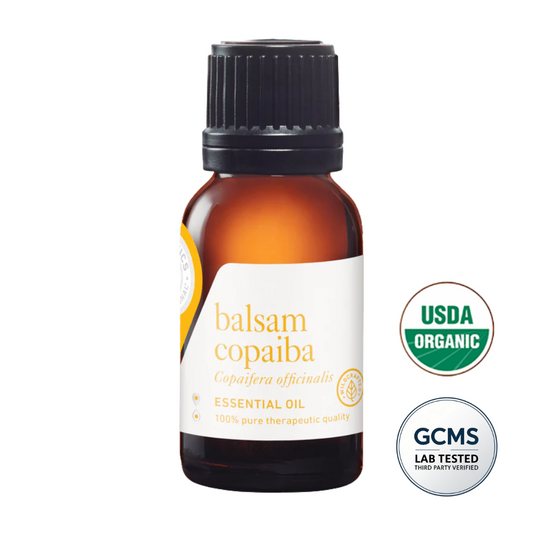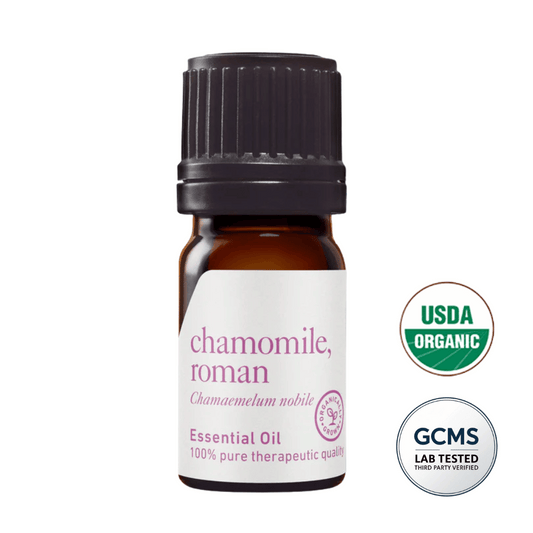Comparison of the essential oils of narrow-leaved lavender (Lavandula angustifolia) and broad-leaved lavender (Lavandula latifolia)
Share
Lavender has been used in herbal medicine, aromatherapy, and cosmetology for centuries. Among the most commonly used species are narrow-leaved lavender (Lavandula angustifolia) and broad-leaved lavender (Lavandula latifolia), which differ in their chemical composition, properties, and uses. The purpose of this article is to provide a detailed comparative analysis of both oils, taking into account laboratory research and scientific literature.
1. Chemical composition of oils
Chromatographic analysis (GC-MS) of both oils shows a significant difference in the proportions of active substances:
Lavender (Lavandula angustifolia)
Linalool (20-45%) - calming, antibacterial
Linalyl acetate (25-45%) - relaxing, antispasmodic effect
Camphor (<0.5%) - very low level
Terpinen-4-ol (approx. 2%) - antifungal
β-caryophyllene (approx. 2%) - anti-inflammatory
Broadleaf lavender (Lavandula latifolia)
Linalool (20-30%) - properties similar to lavender, but in lower concentration
Camphor (8-12%) - stimulating, supports the respiratory system
Eucalyptol (1,8-cineole) (30-35%) - strong expectorant, antibacterial effect
Linalyl acetate (5-15%) - relaxation, but to a lesser extent than in L. angustifolia
2. Impact on the nervous and emotional systems
Lavender
Its calming effects have been confirmed in numerous clinical studies. A study by Koulivand et al. (2013) demonstrated that inhalation of L. angustifolia oil lowered cortisol levels and alleviated symptoms of stress.
Broad-leaved lavender
Due to its higher camphor and eucalyptol content, the oil has a more stimulating effect and is not recommended for nighttime use. A 2018 study (Gomes et al.) confirmed that L. latifolia oil has a stronger neuroprotective effect, which may be useful in supportive therapies for Alzheimer's disease.
3. Antibacterial and antiviral action
Microbiological studies (Orchard et al., 2019) have shown that broad-leaf lavender oil has a stronger antibacterial effect against Staphylococcus aureus and Escherichia coli, which is related to the high content of eucalyptol and camphor.
On the other hand, lavender oil shows better antifungal efficacy, especially against Candida albicans (Montes-Belmont & Carvajal, 1998).
4. Use in aromatherapy
Lavender:
Relaxation, stress reduction, improved sleep
Skin care (anti-inflammatory, wound healing)
Antifungal and antiseptic action
Supporting the treatment of migraines and headaches
Broadleaf lavender:
Support for the respiratory system (colds, coughs)
Stimulating effect on the nervous system
Stronger antiseptic and antibacterial effect
Not recommended for use on skin in high concentrations.
5. Contraindications and safety
Lavender is generally considered safe and rarely causes irritation. Lavender , due to its higher camphor content, may be unsafe for people with epilepsy and pregnant women. It should not be used on children under 6 years of age.
6. Interesting information and additional research
Place of cultivation
Lavender grows best in cooler regions such as Provence, Bulgaria, England, and northern Greece, where the climate favors the intense aroma of the oil. Lavender, on the other hand, prefers warmer, drier regions such as Spain, southern Italy, southern Greece, and regions with abundant sunlight and limestone soils.
Aroma Research
In 2015, a sensory study (Smith et al.) showed that lavender has a delicate, floral and slightly sweet scent, while lavender has a more herbal, camphor-like aroma.
Other special features
Lavender has smaller, more compact inflorescences and narrower leaves.
Broadleaf lavender has wider leaves and taller plants, allowing for greater oil production.
Summary
Characteristics |
Lavandula angustifolia |
Lavandula latifolia |
| Linalool | 20-45% | 20-30% |
| Camphor | <0.5% | 8-12% |
| Eucalyptol | <2% | 30-35% |
| Action | Sedative, sleep-inducing | Stimulant, expectorant |
| Application | Relaxation, skin care, antifungal | Respiratory system, agitation |
| Security | Safe | Not recommended for children and pregnant women |
* It's worth noting that the chemical composition of essential oils can vary depending on many factors, such as growing location, climatic conditions, and distillation method. Therefore, the percentages given may vary slightly between sources.
Both oils have unique properties, and it's worth tailoring your choice to your specific therapeutic needs. For those seeking relaxation and improved sleep, lavender is a better choice, while broad-leaf lavender may be more beneficial for respiratory support and antiseptic properties.








